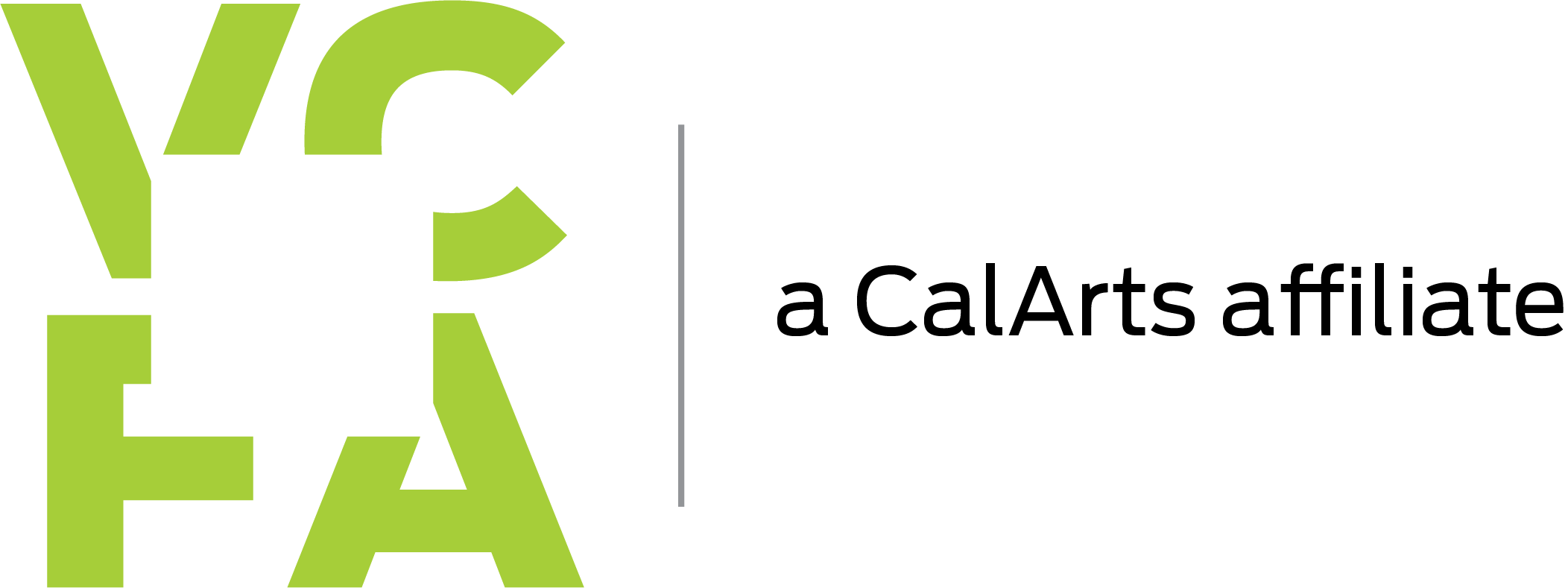Artist Grants: What They Are, Where to Find Them, and How to Apply
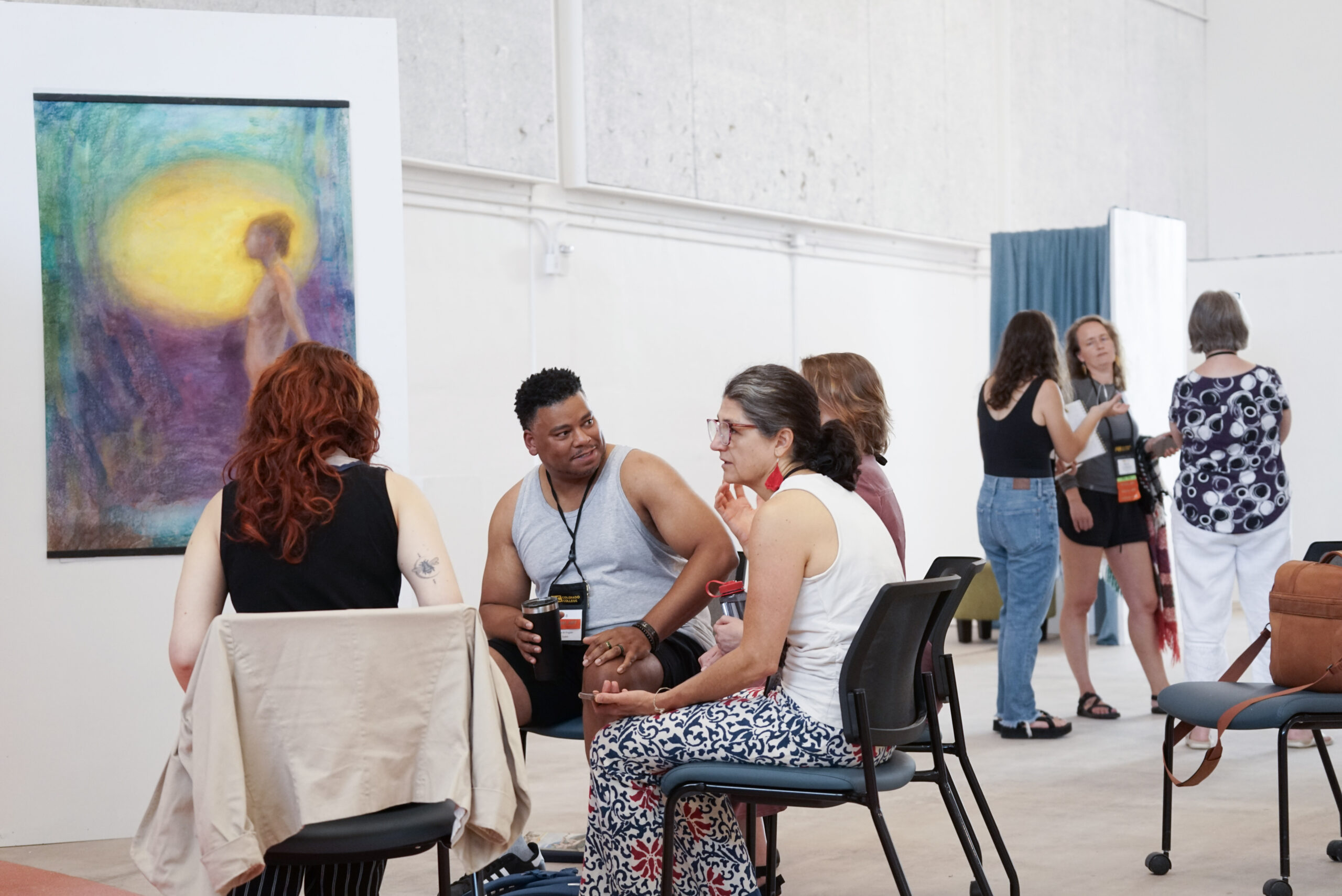
An artist grant offers more than just monetary support. The right grant provides artists with exposure and future opportunities.
By Shannon Cleere
August 1st, 2025
Artist grants have long been a crucial resource for artists. They not only offer monetary support but provide additional benefits that can elevate an artist’s career.
I was awarded VCFA’s Center for Art + Social Justice Grant in 2024. Receiving this grant not only provided financial assistance but also offered affirmation that I was on the right track and that my work was valuable.
While securing arts funding has never been easy, with recent federal cuts to institutions such as the National Endowment for the Arts, it’s an even bigger challenge. Given the high number of applicants competing for limited resources, how can you increase your chance of winning a coveted grant?
Below, I’ll cover everything I know about artist grants, including:
- Types of artist grants
- Additional funding options
- Where to locate grants
- Grant application strategies
“The award acted as a positive example of what art institutions can do to sustain creativity and to build hope for a more equitable future.” -Gabriel Martinez, 2019 Joan Mitchell Foundation grant recipient
Types of Artist Grants
Finding the right grant is key!
Artist grants vary; each has its focus, eligibility criteria, and specific funding amount.
While some grants fund specific projects, others provide unrestricted support, providing artists with financing that allows them to focus on their work unhindered by life’s financial demands. Other grants are only eligible to applicants in specific regions.
Ideally, grants offer awardees varying degrees of exposure and connections within broader art communities.
Grants can provide professional development opportunities, while others connect artists to cohorts or residencies, creating relationships that can lead to future opportunities.
Common Types of Grants:
Project-based grants are awarded to fund a specific project, such as an exhibition, performance, publication, or community initiative.
The Andy Warhol Foundation for the Visual Arts, for example, offers funding specific to exhibition proposals.
Unrestricted grants are highly sought after. They offer general financial support to help artists with living expenses, materials, and studio costs. Creative Capital, for instance, combines unrestricted funding of up to $50,000 with professional development.
Emergency grants are offered through organizations like the Adolph and Esther Gottlieb Foundation. They provide emergency funds for visual artists facing unexpected expenses due to a medical emergency or a catastrophic event.
Fellowships and residencies, while not specifically grants, can help alleviate some financial burdens for artists. MacDowell or the Radcliffe Institute at Harvard, for example, offer time, space, and stipends to awarded artists.
“You should only apply for artist grants that have a history of supporting artists at a similar stage in their career as you. This will up your chances of winning an award by placing your submission in a context that may realistically get the juror’s attention.” –ArtistGrantResource.com
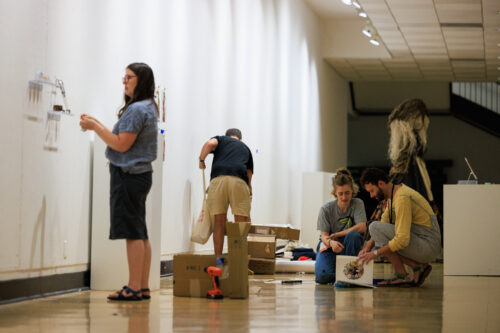
There are many types of grants you can apply for, including project-based, emergency, and unrestricted. The key is knowing where to look–and not giving up.
Additional Funding Options
Securing arts funding has always been difficult, and recent federal cuts don’t help. But there are still options if you know where to look.
Below are some local and private funding options for artists seeking financial support and opportunities for building their careers.
In the US, every state has a state arts council or commission that offers support to artists in the form of grants, fellowships, and partnerships. These organizations generally support artists from across disciplines, and some prioritize underserved communities, such as the New York State Council on the Arts (NYSCA).
Regional arts organizations such as the Mid-America Arts Alliance, South Arts, and the New England Foundation for the Arts (NEFA) distribute federal and state funds and list open calls.
To find state and regional arts organizations near you, the National Endowment for the Arts has a comprehensive list organized by regions.
Nonprofits and artist-run spaces like Art Matters and the Harpo Foundation are excellent options for artists whose work challenges the status-quo or addresses social justice issues. Exploring artist-run spaces in your community is a great starting point.
Many academic institutions offer scholarships, artist awards, and residencies. If you’re currently pursuing an education in the arts, make sure to check with your school about what options they might have for you.
Where to Locate Grants
Most grant opportunities are posted on various online platforms. You can find them on websites for specific grant organizations, artist opportunity databases such as Artenda, submission platforms like Submittable, county and city-specific organizations, and, of course, Instagram. Artist Communities Alliance is a great starting point: it provides a plethora of information, including artist opportunities such as grants and residencies, as well as professional development.
Your artist friends are also a great source of information. They may know of opportunities in their communities that aren’t widely advertised or subscribe to different mailing lists and art publications. A friend may have previously applied for a specific grant and can share what they learned from the process. Your community of artists and friends functions as both a source of information and encouragement.
Check these resources regularly!
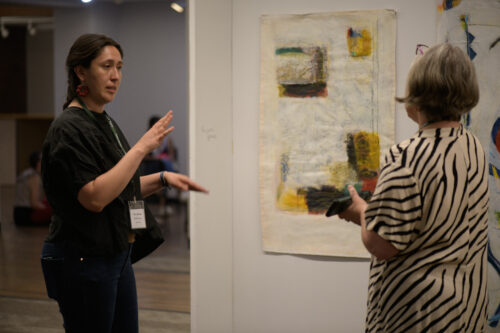
There is a lot of competition for artist grants, but the right strategies can improve your chances.
Grant Application Strategies
Competition for grants is intense, and rejection can be tough.
It’s important to remember that not receiving a grant doesn’t mean your work isn’t valuable; the grant process is highly subjective and reliant on many different variables.
The Guggenheim Foundation, for example, receives “between 500 and 4,000 applications. Out of these, approximately 175 Fellowships are awarded.”
To improve your odds, consider the following strategies:
- Be clear and concise: Your artist statement and proposal should be specific, concise, and clear. Succinctly explain the parameters of your practice (or project): what, how, and why. Avoid generic phrases and descriptions. For example, “my work explores the relationship between art and life” doesn’t describe the scope of your practice. Whittle it down to the details: the specific subject or context of your work, the materials you use, and how it relates to you personally. When reviewing applications, an organization’s jury wants to see that you are invested in your work and can speak about it clearly.
- Tailor your application to the specific opportunity: Read the grant application guidelines CAREFULLY! Before you apply, be sure you are even eligible and address all application requirements. Submitting a generic application indicates carelessness on the part of the applicant and suggests a lack of commitment and investment.
- Provide high-quality work samples: Jurors sometimes spend only a few minutes reviewing each application. Submit your strongest, most relevant work. Ensure that your work samples and labeling format comply with application specifications.
- Demonstrate professionalism: Submit exactly what the application requires. Your CV should be well-organized. If applicable, include a clear project budget and realistic timeline. Stick to the required word count for written sections. In short, be detail-oriented; show you thoroughly read the application guidelines and reviewed your application before submitting.
- Ask for feedback and revise: Ask someone to review your application for feedback. A second set of eyes can catch minor errors or gaps in your proposal. And START THE PROCESS EARLY! Give yourself plenty of time to write several drafts before submitting.
- Lastly, apply frequently! The more you apply the more likely you will win a grant.
Stay Persistent and Do Your Research
Artists frequently rely on a mix of income streams to sustain their practices, including teaching jobs and art sales. Grants and financial support from local arts organizations and nonprofits remain one of these vital resources, offering monetary support and professional opportunities that can have a significant impact on an artist’s career.
Unfortunately, given the current political climate, securing financial support is even more challenging. Additionally, artists whose work challenges the status quo can face scrutiny or even censorship. By remaining persistent and focused, understanding the resources available locally, nationally, or even internationally, and being strategic in the grant application process, you can improve your chances of securing funding.
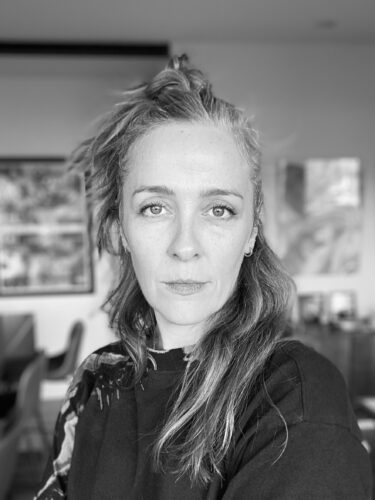
Shannon Cleere
shannoncleere.comShannon Cleere is a multidisciplinary visual artist interested in how cultural inheritance and societal norms shape identity. A first-generation American, Cleere considers her role within a larger intergenerational legacy and contemplates the degree to which societal narratives influence life choices. Employing strategies that expand on feminist discourses, her work challenges the injustices inherent in many societal expectations, exposing how social constructs, often under the veil of tradition, can dictate how people live their lives.
Cleere earned her MFA from the Vermont College of Fine Arts in 2024 and was awarded the VCFA Center for Arts + Social Justice Fellowship Grant. As a CASJ fellow, Cleere interrogated the vast inequities of unpaid domestic labor, illustrating how capitalism repeatedly exploits women’s bodies, labor, and emotional capacities. She is co-founder of l l l Artist Fund, an artist grant provider, and is a Teaching Artist for Path with Art. Her work has been exhibited in cities across the US and was featured in Entre Rios Books’ 2023 City of Dreadful Night by James Thomson and Suboart Magazine’s May 2024 issue. Cleere lives and works in Seattle, Washington.
Related Posts
- A Closer Look at VCFA’s Tuition May 23, 2025
- Artist Grants: What They Are, Where to Find Them, and How to Apply Aug 01, 2025
- How to Get Your Art into a Gallery Jun 09, 2025
